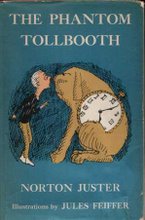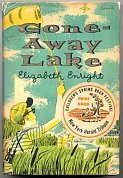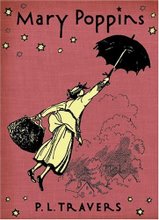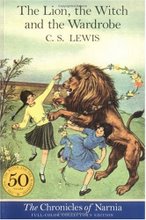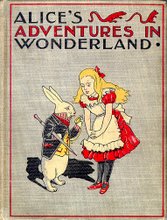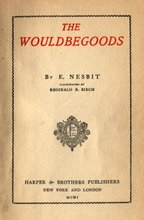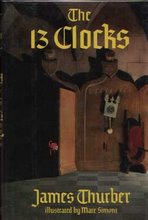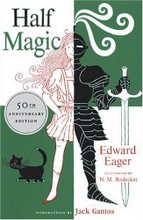
I've been trying not to write too often about picture books, in part because I figure you don't need me to tell you that Hop of Pop will make your child happy (though it will also resound in your brain like a drill after umpteen consecutive readings), and in part because it seems cheaty to "review" books that're only 800 words long.
But you really need to check out Grumpy Bird, and I've been shocked that I can't even find it at the two bookstores I frequent. It isn't bestselling enough I guess (though why that is I cannot imagine). So run out and request it. Get it on the shelves!
I like Grumpy Bird because:
a. It's not too "nice." Grumpy Bird is grumpy, and that's okay. And when his friendly friends accost him with friendliness, he gets snarky with them, and that's okay too, Go Grumpy Bird! There are far too many nice books in the world.
b. The art is AMAZING. Mixed (and slightly surreal) media, old sepia photos layered underneath vivid cartoon/painting or something. I LOVE innovative design.
c. It doesn't really "make sense". In the real world, beavers can't, (last I checked) fly. And there's no complicated "world building" to explain this flight of the beavers... The beaver just decides to fly, and flies. The book depends on a tone of authority-- that you'll accept the rules of the world (e.g. bird wakes up "too grumpy to fly", though there's no explanation of why grumpiness takes away the bird's flying power). I think the best picture books do this-- operate with confidence and leave the explanation out (though it should be said that the worst books do the same thing. But fail!). But it's still an interesting point-- that the best picture books are good because of what they leave out, rather than what they include.
If I go on any longer I'll have taken up more space than it would require to copy the text of the entire book ten times, but you should check out Grumpy Bird. This is a debut book from a new author/illustrator, and I can't wait to see more from Jeremy Tankard!




